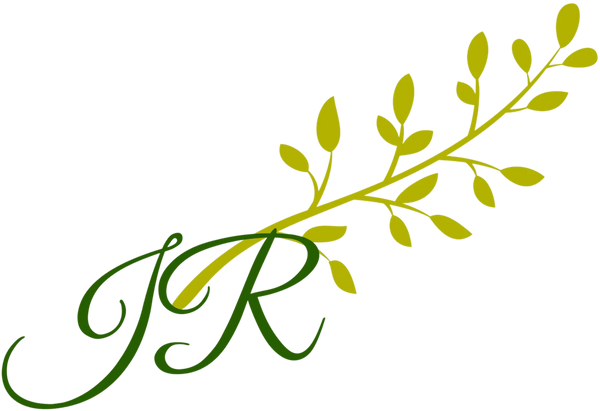The danger of consuming sweet stuff : Diabetes
Share
Although many people know that sugary, sweet stuff may be a source of danger for the body still find it a great source of pleasure. Their attitude towards sugar intake comes from a harmless perspective: “Just few teaspoon of sugar in my coffee or tea, how harmful can it be?” But study says that for about 12 million Americans with adult-onset diabetes (some of them are undiagnosed) consumption sweet is dangerous.
In layman’s terms, Diabetes is when the pancreas fails to produce the hormone insulin. Without insulin, the body is unable to metabolize carbohydrates, fats and proteins. The failure to produce insulin may result in causing additional types of complications. Keeping the precarious balance between insulin dosage and sugar intake is one of the major challenges of the diabetic people. Proper diet, exercise and following correct medication and insulin can keep the diabetes in check.
Diabetes simply does not mean is a lack of insulin, but a defect in the receptors for insulin in the cell walls of fat and muscle tissue and the liver. When blood-sugar levels go up someone with diabetes may suffer from severe dehydration that can be a leading factor for confusion, drowsiness, and seizures. Long –term complications of type II diabetes may also include a high incidence of heart disease, high blood pressure, and stroke. As an herbalist, I found it interesting that before the advent of insulin and oral hypoglycemic, herbal medicines had been used to treat diabetes. “Goat’s rue (Galegaofficinalis), which had been used by European herbalists for centuries, contains guanidine, which is now used as a chemical precursor to the modern drug metformin.” However, because of the toxic nature found in Goat’s rue itself it is better not to use it on a regular basis without the full knowledge about it. Still,there are many safe botanical medicines that are helpful in managing the blood-sugar problems. It does not necessarily mean that one should discontinue insulin or other drugs without consulting the medical doctor. But regular use of the herbs may help the body to condition and to build a defense mechanism against the damages of diabetes. The best way is to incorporate herbal medicines with your doctor’s approval and monitor the body’s responses carefully.
The knowledge that I gathered from the field of herbology and aromatherapy I would like to bring some alternative healing remedies to your attention. These herbs and essential oils may benefit you in addition to the regular medicine. Based upon careful use of some of those your doctor may suggest the patient to lower the dose of traditional medicine eventually. Following are a number of Ayurvedic herbs that can be taken in order keep the blood sugar in check:
Gymnema (Gymnemasylvestre)
Gymnema (Gymnemasylvestre) is probably one of the most common herbs used to treat diabetes. Gymnemic acid, a component of the herb, acts directly on the tongue to block its ability to sense sweetness. Gymnema also appears to stimulate the pancreas to produce more insulin and to enhance the activity of insulin. Typical dosage: 400mg of capsules per day.
Fenugreek (Trigonellafoenum-graecum)
Ancient Greek and Roman herbalists used this spice to treat diabetes. Modern research has shown that fenugreek seeds not only lower blood glucose but also reduce insulin levels, total cholesterol, and triglycerides while increasing HDL (the good cholesterol). For non-insulin dependent diabetics, 5,000mg of powdered seed should be good; but for insulin dependent 50,000 mg twice per day can be taken.
Bitter melon (Momordicacharantia)
Also known as bitter gourd, this fruit is cultivated in many tropical countries, where it is widely used as a folk remedy for diabetes. Bitter melon contains compounds that are close chemical relatives of insulin. Typical dosage: 3 tablespoons to 6 fluid ounces per day. It is used in diabetes mellitus to stimulate the function of pancreas and to reduce blood sugar level. Widely used herb in treating diabetes mellitus as it has an action similar to Insulin by helping in glucose metabolism.
Guggul (Commiphoramukul)
The accumulation of fat in the tissues may prevent the body from receiving insulin. Guggul is useful to combat this disease not only by increasing the tissue fire but bypreventing the complications that may arise from it.Parts of this tree used are gum obtained from stem and branches.
Pine (Cedrusdeodara)
Parts used are stem extract and oil. It removes the vitiated doshas in urine. It should be used in vata and Kaphatype of anuria. It should be used to cause elimination of microscopic waste products in Kapha diabetes. It causes urine alteration by eliminating microscopic waste products due to its hot, bitter, and aromatic qualities.
Dose If using powder: 1 to 3 gm If using oil: 20 to 40 drops
Bilberry (Vacciniummyrtillus)
The fruit of this bush is a rich source of the bluish pigments containsmany types of flavonoid. Flavonoids are well-known for their beneficial effects on capillaries. Since one of the main complications of long-term diabetes is damage to the small blood vessels of the eyes, the kidneys, and the tips of the toes and fingers, bilberry is often recommended as a treatment. Dose 80 to 160 mg of capsules.
Grapeseed Extract (Vitisvinifera)
Grapeseed extract has the same benefits for people with diabetes as bilberry. Typical dosage to be used is 100 to 300mg per day.
Aromatherapy healing
Essential oils such as Geranium, Juniper Berry or Eucalyptus may be helpful to use as massage oil onto the whole body by mixing it with a carrier oil to keep the organs healthy.
One last important suggestion:
In diabetes, diet is an important part of treatment. For a person with diabetes who is dependent on insulin, meals must be eaten on a regimented schedule. Food portions and calories must be monitored in order to determine the proper dose of insulin. High-starch and fatty food, foods high in sugar should be avoided that can lead to elevated blood glucose.


























